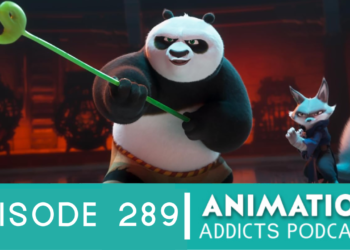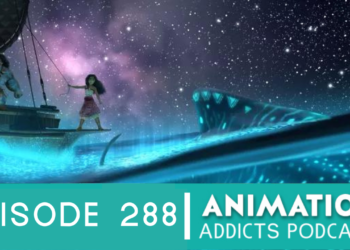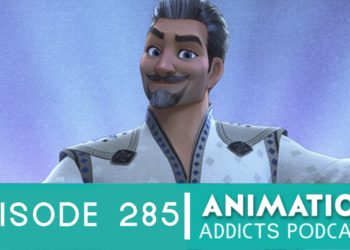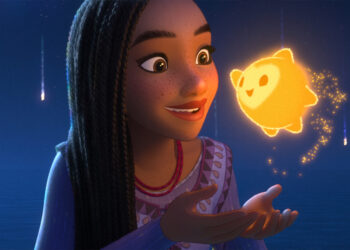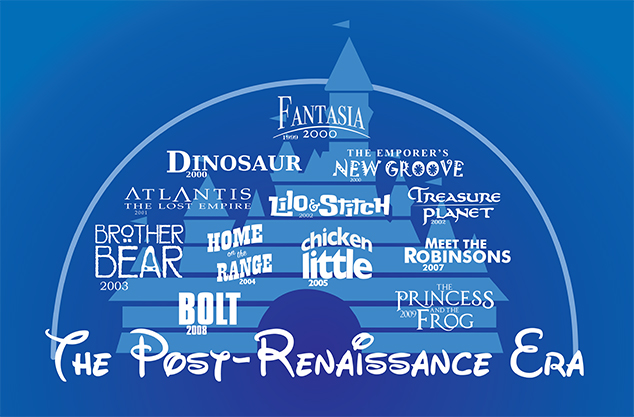
As the Disney Renaissance comes to a close, we enter into the Post-Renaissance Era, otherwise known as Disney’s Second Dark Age. This era, with a few exceptions, is full of films that were not nearly as successful, either critically or financially, as most of the films during the Renaissance.
After Tarzan, Disney started to test the waters with a few things that either hadn’t been done before, or hadn’t been done in a long time. The first of these experiments was Fantasia 2000, (premiering in 1999, officially released January 1st 2000) a long awaited follow up to Walt Disney’s 1940 masterpiece Fantasia. Unlike other sequels to Disney’s classics created around that time, this was no half-hearted attempt at a direct-to-video sequel. This was a full-blown, big-budget follow up to Fantasia, just like Walt himself had always wanted. However, the film, while for the most part a critical hit, just barely broke even, beginning the downward trend of the Post-Renaissance Era.
Following Fantasia 2000, Disney again put out another bold experiment, the (almost) fully CGI film, Dinosaur. This film used a combination of live action backgrounds and fully animated CGI characters to tell the story of a young iguanodon raised by lemurs. The result was something of a mixed bag for audiences and critics. While it did manage to make back three times its production budget, it was not exactly a runaway hit, and the critical reviews were mostly mixed, with most audiences agreeing that while the film was visually stunning, the story was rather flat.
An experiment of a different kind, The Emperor’s New Groove came out later that same year. This time the experimental nature of the film was the fact that it was a straight up comedy. Breaking away from the semi-serious, and usually musical, nature of most of Disney’s similar films, The Emperor’s New Groove, threw the rules out the window and went completely bonkers, never once stopping to take itself too seriously. However, while the reviews were much more positive for this film than Dinosaur, it did not translate into immediate box office success. It made back its investment, but it was by no means a success. However, the initial disappointment has faded somewhat, and these days The Emperor’s New Groove is looked on as somewhat of a classic, and even its direct-to-video sequel, Kronk’s New Groove, is often considered one of the better DTV sequels that that era produced.
The next failed experiment would be Disney’s first animated foray into science fiction, with the release of Atlantis: The Lost Empire. Atlantis was neither a critical or a financial success. It did not bomb, but it faced stiff competition from DreamWorks’ Shrek, and failed to create as big a splash as it was expected to make. However, while it currently only has a 49% on Rotten Tomatoes, today, it has become a bit of a cult classic.
Undeterred by the failure of Atlantis, Disney continued on in the science fiction genre, this time keeping things a little more grounded, telling the story of a little girl who adopts a small alien “dog,” in what is one of the most successful films of the Post-Renaissance Era, Lilo and Stitch. Lilo and Stitch was a critical hit, and while it’s box office earnings were not as high as Dinosaur, it had a smaller production budget, and was definitely more successful in the long run. Lilo and Stitch spawned not one, not two, but three direct to video sequels, an animated series, two video games, and even a Japanese anime!
Sadly, the momentum never lasted long during the Post-Renaissance Era, and Disney’s next animated feature, a science fiction reimagining of Robert Louis Stevenson’s Treasure Island, completely failed to launch. Treasure Planet, while receiving mixed to positive reviews was a definitive box office bomb, taking in considerably less than its production budget. Plans for a spin-off series and a sequel were quickly scrapped as Disney tried to move on and recoup their losses. However, like Atlantis before it, it has acquired a loyal following in the years since, and many feel it is an unappreciated classic.
Disney’s next feature, Brother Bear helped ease the losses of Treasure Planet a little, but only a little. Originally conceived as a North American, spiritual successor to The Lion King and Tarzan, complete with a Phil Collins soundtrack, Brother Bear failed to live up to either of its predecessors. While it was definitely more successful than Treasure Planet, it was not a critical hit, and failed to gather any real momentum.
The next film is widely looked down upon as the final nail in the coffin of traditionally hand-drawn animation in the US. Home on the Range, a western starring three cows, was a critical and box office failure. Receiving mixed reviews, and failing to make back even its production budget, Home on the Range was touted for years as Disney’s final, and worst, hand-drawn animated feature.
After the failure of Home on the Range, Disney switched over completely to CGI, starting with Chicken Little, their very first 100% computer animated feature. Another science fiction reimagining of a classic story, Chicken Little was decidedly more successful than Treasure Planet, debuting at #1, and keeping the spot for a second week after, as well as making back double its production budget. However, while it was definitely more financially successful than Treasure Planet, it was not critically more successful. Chicken Little currently holds a 36% on Rotten Tomatoes, and is generally looked down upon to this day as one of Disney’s worst films.
The next film in the Post-Renaissance Era, the time traveling fantasy adventure Meet the Robinsons, is where things began to change for Disney. After the acquisition of Pixar, John Lasseter was named chief creative officer of both Pixar and Walt Disney Animation Studios, and the first thing he did was scrap more than half of Meet the Robinsons, and implement a large number of story changes. The difference he made in this film, and the two that followed have led to some contention among Disney fans as to whether or not they should be included in the Revival Era. However, the mixed reviews and modest box office earnings that it initially received, led us here at the Rotoscopers to leave here it in the Post Renaissance Era.
Bolt, the movie following Meet the Robinsons, about a TV star dog who believes he has super-powers, was also drastically changed by Lasseter during the Pixar merger, and it resulted in both critical and financial success. As with Meet the Robinsons, some Disney fans also consider this film to be the beginning of the Revival Era, but while this film was definitely more successful than many before it, its troubled production history, and the fact that John Lasseter was not completely at the helm, are why we personally chose to leave it in the Post-Renaissance Era.
The final film that we at the Rotoscopers have chosen to include in the Post-Renaissance Era, is also one of the most argued about its placing, even among the staff here at the web site. The Princess and the Frog, while definitely one of the more successful films of the previous few years, did not come anywhere even close to touching the success of most of the films that followed it. That, combined with the fact that it was the last movie in production to receive massive changes from Lasseter, influenced our final decision to begin the Revival era with Tangled. The Princess and the Frog was actually a combination of two films in production when Lasseter took over. One, a more traditional take on the classic fairy tale, The Frog Prince, and the other, a film based on E. D. Baker’s The Frog Princess. Why Disney was creating two frog-based animated films at the same time is a bit of a mystery, but I would say that Lasseter made the right call by combining the two stories into one.
Whether or not you see these last three films as part of the Post-Renaissance Era, or as part of the Disney Revival, the Post-Renaissance Era is one of Disney’s most diverse and divisive eras. Many fans either love these films passionately or hate them furiously. Over the next month and a half, we will be reviewing them all, for better or for worse. Starting tomorrow with Fantasia 2000, join us as we discuss this fascinating era in Disney’s history.


